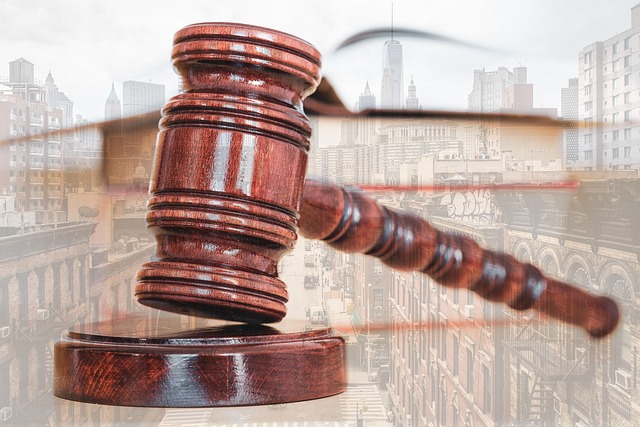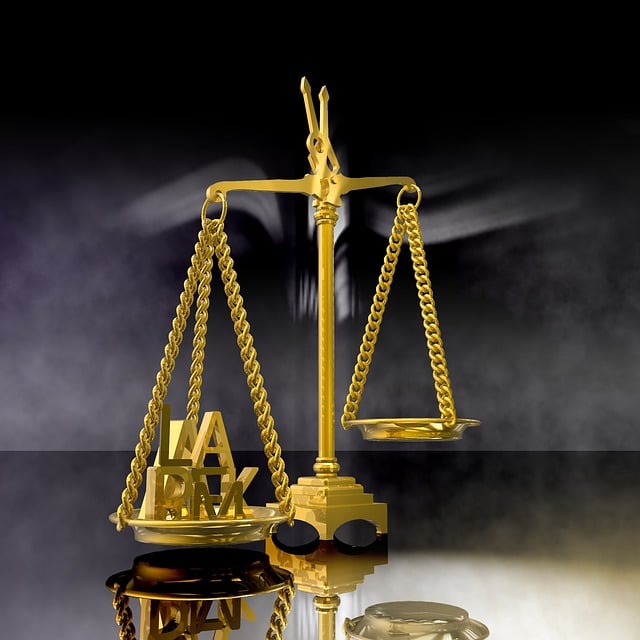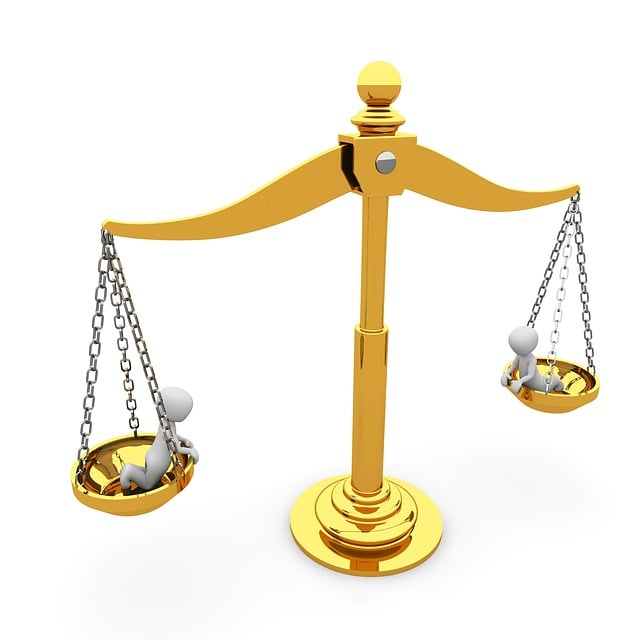Understanding jury biases shaped by demographics like age, gender, race, and socio-economic status is crucial for effective litigation risk management. These factors significantly influence courtroom decisions, with research showing effects on evidence perception and final verdicts. Law firms specializing in complex cases prioritize thorough jury research and profile potential jurors to identify biases, customizing presentations accordingly. This proactive approach enhances favorable outcomes, ensuring justice without external influence, especially in white-collar and economic crime cases. Transparency in jury selection processes is key to mitigating risks associated with demographic factors and promoting fairness within the legal system.
“Litigation Risk Management: Unveiling the Influence of Jury Demographics on Verdict Decisions is a comprehensive guide to understanding the intricate dynamics at play in courtrooms. This article delves into how jury biases, demographic factors like gender, age, and education, as well as cultural influences shape verdict outcomes. By exploring strategies for effective case presentation tailored to diverse juries and enhancing transparency in selection processes, we offer insights that can mitigate litigation risks, ensuring fair and informed judicial processes.”
- Understanding Jury Biases and Preferences
- Demographic Factors: Gender, Age, and Education
- Cultural Influences on Verdict Decision Making
- Case Presentation Strategies for Diverse Juries
- Enhancing Transparency in Jury Selection Processes
Understanding Jury Biases and Preferences

Understanding Jury Biases and Preferences is a crucial step in Litigation Risk Management. The impact of jury demographics on verdicts is significant, as studies show that factors like age, gender, racial background, and even socio-economic status can influence decision-making in courtrooms. For instance, research indicates that juries tend to favor plaintiffs who are seen as victims, particularly when the case involves emotional distress or unfair treatment. Similarly, certain cultural backgrounds may influence how individuals perceive evidence and witness testimonies.
Managing these biases requires a strategic approach. Law firms with an unprecedented track record in handling complex cases often emphasize thorough jury research during all stages of the investigative and enforcement process. This includes profiling potential jurors to identify biases and tailoring presentation styles and arguments accordingly. By addressing these preferences proactively, legal teams can enhance their chances of achieving favorable outcomes, ensuring that justice is served without undue influence.
Demographic Factors: Gender, Age, and Education

The impact of jury demographics on verdicts is a nuanced aspect of litigation risk management, particularly in cases involving white-collar and economic crimes. Research suggests that gender, age, and education levels can significantly influence how jurors perceive evidence and ultimately render their decisions. For instance, studies have shown that female jurors tend to be more empathetic and may weigh the impact of crimes on victims differently than male jurors. This demographic factor is crucial in cases where emotional appeal plays a significant role in the prosecution’s strategy.
Moreover, age can also affect judgment, with older jurors potentially bringing more life experience to the deliberations. They might be more skeptical or open to certain types of evidence based on their past encounters. In contrast, younger jurors may represent a generation more accustomed to digital evidence and complex financial crimes. Understanding these demographic dynamics is vital for attorneys representing clients at all stages of the investigative and enforcement process, allowing them to tailor legal strategies accordingly.
Cultural Influences on Verdict Decision Making

The impact of jury demographics on verdict decision-making is a nuanced aspect of litigation risk management, especially in the context of white collar defense. Studies have shown that the background and cultural influences of jurors can significantly shape their perceptions and interpretations during trials. For instance, across the country, diverse communities may hold varying views on topics like corporate ethics, regulatory compliance, and punishment for misconduct—all factors that play into verdict outcomes.
Understanding these cultural influences is crucial throughout all stages of the investigative and enforcement process. Attorneys and legal professionals must consider potential biases and ensure a fair trial by carefully selecting jurors who can set aside personal beliefs and make impartial judgments based on the evidence presented. This involves not only recognizing but also addressing any unconscious preconceptions that could affect decision-making, thereby minimizing litigation risks associated with demographic factors in jury selection.
Case Presentation Strategies for Diverse Juries

In today’s diverse legal landscape, understanding the impact of jury demographics on verdicts is paramount for effective case presentation strategies. The composition of juries—reflecting various backgrounds, experiences, and beliefs—significantly influences the interpretation and outcome of evidence. For instance, how a particular community perceives ethical standards or cultural nuances can shape their understanding of complex legal issues. Therefore, tailoring presentations to resonate with diverse juries across the country is crucial for securing just outcomes.
Lawyers must adapt their approaches at all stages of the investigative and enforcement process to cater to these variations. This involves researching and appreciating the respective business practices and societal norms of different communities, ensuring that arguments are framed in a manner that resonates with each jury member’s perspective. Such strategies not only enhance the chances of a favorable verdict but also promote fairness and understanding within the legal system.
Enhancing Transparency in Jury Selection Processes

The transparency of jury selection processes plays a pivotal role in litigation risk management, especially when considering the impact of jury demographics on verdicts. Historically, the process has been somewhat shrouded in secrecy, but evolving legal landscapes and an increasing focus on fairness demand greater openness. Understanding the mix of backgrounds, experiences, and biases among jurors is essential for both plaintiffs and defendants in general criminal defense, white-collar, and economic crimes cases. This demographic awareness can help anticipate potential challenges and develop strategies to ensure a more impartial jury, thereby reducing litigation risks.
By enhancing transparency, the legal system fosters trust with the philanthropic and political communities. Open-sourcing certain aspects of jury selection allows for scrutiny and accountability, ensuring that verdicts are not unduly influenced by hidden factors. This shift towards transparency is not merely about fairness; it’s also a strategic move to mitigate risks associated with unexpected jury reactions, especially in high-profile cases.
The complex interplay between jury demographics, biases, and cultural influences significantly shapes verdict decisions. By understanding these factors, legal professionals can employ effective case presentation strategies to navigate diverse juries. Enhancing transparency in the selection process further ensures fairness. Ultimately, managing litigation risk through informed insights into the impact of jury demographics on verdicts is key to achieving just outcomes.






